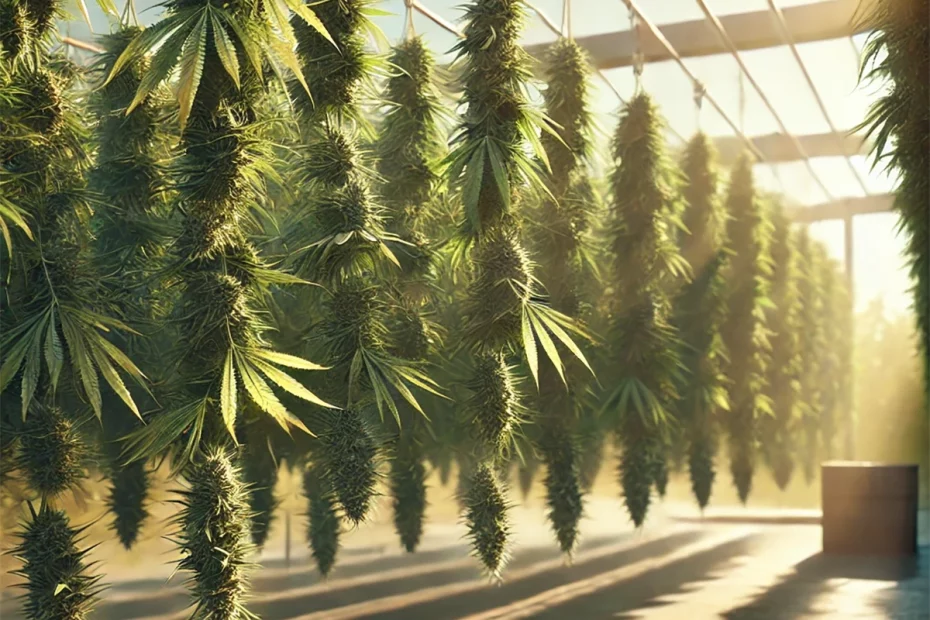The cannabis industry has boomed in recent decades, due mainly to the greater proliferation of legal cannabis and changing attitudes toward the substance. In the past several years, the cannabis industry has become a multibillion-dollar business that caters to medical and recreation users, and this has led to ever-higher demands for quality. Each step in the timeline – from growing to the dispensary – influences the quality, safety and efficacy of the end product, and is something that producers, retailers, caregivers and consumers should familiarize themselves with.
Cultivation: The Starting Point of Quality
For example, cultivation is a fundamental basis of product quality. The particular strains grown are one of the most important factors. Different strains have different effects, flavor profiles and growth characteristics – all of which directly determine the final characteristics of the product. Soil health matters, too. While strains vary, there’s still a lot of debate about how much they play a part compared to the growth environment which we will cover soon..
Environmental control is a requirement for successful cultivation. One key element is healthy soil which supports strong plants and enhances the terpene profile, influencing both flavor and product effects. Cannabis plants carry out photosynthesis, an essential process by which they make their own sugars, via the presence of light. The range of light wavelengths present and their timing is crucial for the best possible outcome. Similarly, the correct temperature, together with an understanding of the heat generated by lamps, helps to avoid plant stress. Occasional irregularities, such as cooler or hotter periods, can also be engineered to ensure a more complex range of chemical compounds with multiple beneficial actions. Where these “grow recipes” are well-understood and rigorously adhered to, very potent and astonishingly flavorful cannabis can be produced.
Harvesting: Precision in Timing and Techniques
Proper harvest timing allows for more potent, flavorful cannabis to with mature plants identifiable by changes in trichomes and pistils. These are harvested by some cultivators while others trim selectively to allow lower buds more time to grow.
If done at the correct time and in the correct way, the harvesting will preserve the majority of the cannabinoids and terpenes that contribute to the medicinal and recreational value of the plant. If done incorrectly, it can negatively impact the potency of the plant or alter the terpene profile in such a way that reduces the quality of the finished product.
Processing: Turning Plants into Products
After harvesting, the plant begins a long process of trimming, drying and curing. In trimming, excess leaves are removed to reveal the buds (the part with the highest chemical concentration called cannabinoids). The plant is then dried to reduce its moisture content and facilitate storage, as moist cannabis can grow mould.
Then curing, in which the crop is finished off in a temperature and humidity controlled environment to mature the cannabinoids and terpenes, before flavor and potency can be further optimized. The final stage of processing is where it all comes together with the extraction of the plant’s oils, concentrates or edibles through the use of solvents or mechanical pressing. Each step along the way requires precision and attention to detail. Done incorrectly, it can jeopardize the safety and health benefits of the product.
Quality Control: Guaranteeing Safety and Consistency
Before cannabis ever reaches a consumer, it first has to go through a battery of tests to confirm its safety and consistency. Utilizing methods such as “Gas Chromatography/Mass Spectrometry” (GC/MS) and alike, products are examined for the presence of harmful contaminants, ranging from pesticides and heavy metals to microbial pathogens. The products are also of course, tested for potency so the consumer knows what they’re paying for.
Distribution: Ensuring Safe and Efficient Delivery
After having passed cultivation, harvesting, processing then quality control, they are transferred to the distribution phase. Distribution is not just about moving goods; it’s also about planning and coordination. Products must be packaged securely and safely during transportation, and legal requirements state that all products must be traceable.
These shipments are the purview of specialized logistics firms that use sophisticated tracking systems and tamper-proof, armored trucks to prevent tampering or loss along the way, while timing is everything: dispensaries need to make sure that they’re fully stocked in order to keep up with consumer demand. Maintaining the proper storage conditions, including the right temperature, are kept up along the way so that products arrive at the dispensary still meeting the same quality and safety standards expected.
Conclusion
Taking cannabis from cultivation to distribution is a long story – one that requires careful handling at every step of the way. Selecting the right strains for cultivation and providing optimal growing conditions; harvesting accurately; and implementing rigorous quality-control measures – these are all ingredients that help to maintain consistent levels of quality. A further pillar of this industry is the strong distribution practices that help to ensure the product integrity. This understanding helps form a foundation of trust by ensuring consistency throughout the consumer experience.

Tegridy!